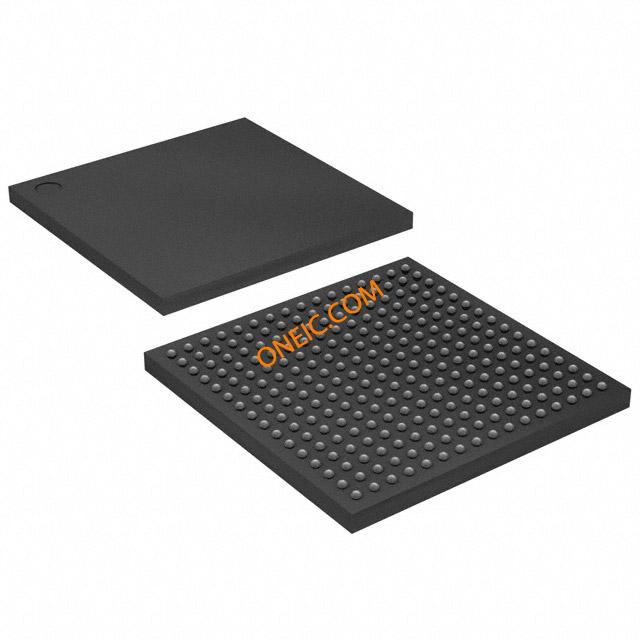EP1C12F256I7N
Cyclone series FPGAs with 12060 logic cells, 256-pin FBGA packaging
Manufacturer: altera
series introduction
# Introduction to the EP1C12F256I7N Product Series
## 1. Overview
The EP1C12F256I7N belongs to a highly regarded product series in the field of programmable logic devices. These devices are designed to offer a versatile and efficient solution for a wide range of electronic applications, from simple control systems to complex digital signal processing tasks.
## 2. Key Features
### 2.1 Programmability
- **Flexibility**: One of the most significant advantages of the EP1C12F256I7N is its programmability. Users can configure the device according to their specific requirements, allowing for rapid prototyping and customization. This flexibility makes it suitable for a variety of industries, including telecommunications, automotive, and consumer electronics.
- **Re - programmability**: The device can be reprogrammed multiple times, enabling designers to make changes to the logic design during the development process or even after deployment in the field. This feature reduces the cost and time associated with hardware redesign.
### 2.2 Logic Capacity
- **Ample Resources**: The EP1C12F256I7N offers a substantial logic capacity. With 12,000 logic elements, it can handle complex digital circuits and algorithms. This makes it capable of implementing functions such as state machines, arithmetic units, and data processing modules.
- **Scalability**: The logic capacity can be effectively utilized in both small - scale and large - scale projects. For smaller applications, it can provide all the necessary functionality in a single device, while for larger systems, multiple EP1C12F256I7N devices can be used in combination to achieve higher levels of complexity.
### 2.3 Memory
- **On - chip Memory**: It is equipped with on - chip memory resources, which can be used for storing data, instructions, or intermediate results. The on - chip memory helps in reducing the need for external memory components, thereby simplifying the overall system design and reducing costs.
- **Fast Access**: The memory has fast access times, which is crucial for applications that require high - speed data processing. This allows the device to quickly retrieve and store data, improving the overall performance of the system.
### 2.4 I/O Capabilities
- **Multiple I/O Pins**: The EP1C12F256I7N has 256 pins, providing a large number of input/output (I/O) interfaces. These I/O pins can be configured to support different types of signals, such as digital, analog, and high - speed serial signals.
- **Versatile I/O Standards**: It supports a wide range of I/O standards, including LVTTL, LVCMOS, and differential signaling. This makes it compatible with various external devices, such as microcontrollers, sensors, and communication interfaces.
### 2.5 Power Efficiency
- **Low Power Consumption**: The device is designed to operate with low power consumption, which is essential for battery - powered applications and energy - efficient systems. It uses advanced power management techniques to minimize power dissipation while maintaining high performance.
- **Power - Saving Modes**: The EP1C12F256I7N offers power - saving modes that can be activated during idle periods or when the device is not fully utilized. These modes help in further reducing power consumption and extending the battery life of portable devices.
## 3. Applications
### 3.1 Telecommunications
- **Base Station Equipment**: In base stations, the EP1C12F256I7N can be used for signal processing, protocol conversion, and control functions. Its high - speed processing capabilities and large logic capacity make it suitable for handling the complex data streams and algorithms involved in wireless communication.
-
Images for reference

DS-256BGA205-2_0

Image Preview

Image Preview